Knights of Spain, Warriors of the Sun

Published by the University of Georgia Press
Athens, Georgia 30602
www.ugapress.org
University of Georgia Press paperback edition, 1998
1997 by Charles Hudson
Additional materials 2018 by the University of Georgia Press
All rights reserved
Designed by Sandra Strother Hudson
Set in Palatino by G&S Typesetters
Printed digitally
Library of Congress Cataloging-in-Publication Data
Hudson, Charles M.
Knights of Spain, warriors of the sun : Hernando de Soto and the Souths ancient chiefdoms / Charles Hudson.
xxii, 561 p. : ill., maps; 25 cm.
Includes bibliographical references (p. 483-554) and index.
ISBN 0-8203-1888-4 (alk. paper)
ISBN 0-8203-2062-5 (pbk. : alk. paper)
1. Soto, Hernando de, ca. 1500-1542. 2. Southern StatesDiscovery and explorationSpanish. 3. Indians of North AmericaSouthern StatesHistory16th century. I. Title.
E125.S7H85 1997
970.016dc20 96-24255
Revised paperback edition ISBN-13: 978-0-8203-5160-5
British Library Cataloging-in-Publication Data available
This book is for Joyce
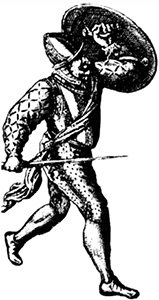
Contents

Illustrations
FIGURES
MAPS

Foreword to Twentieth Anniversary Edition
by Robbie Ethridge
I was an undergraduate at the University of Georgia (UGA) when Charles Hudson began what would become a fifteen-year-plus project reconstructing the route of Hernando de Soto through the American South. Although Hudson later served as my mentor when I wrote my undergraduate honors thesis, my masters thesis, and my doctoral dissertation, I did not work with him on the Soto project. That project culminated in the 1997 publication of Hudsons Knights of Spain, Warriors of the Sun: Hernando de Soto and the Souths Ancient Chiefdoms by the University of Georgia Press. This new edition marks the twentieth anniversary of its publication. The longevity of the books publication is testimony to not only Hudsons and his colleagues thorough and precise scholarship but also the profound influence of this book and the Soto project on anthropology, history, and archaeology and Hudsons lasting legacy as anthropologist, ethnohistorian, scholar, and mentor.
Obviously one major contribution of the book is in the reconstruction of the Soto route itself. Although subsequent archaeological research in the region continues to challenge, as well as anchor, segments of the route, Hudsons reconstruction stands as the most authoritative one to date. In tracking Sotos footsteps, Hudson and his colleagues pored over the four Soto narratives to interpret directions and distances traveled. They then correlated these conclusions to the regions geography and geology and to the archaeological evidence for sixteenth-century Native towns and polities but most especially to any archaeological proof of Sotos sojourn, which would undoubtedly be the presence of sixteenth-century Spanish artifacts. The end result was a precise, detailed, and convincing route grounded in the archaeological and geographical evidence and solid interpretations of the documents. When Knights of Spain was published, there remained the problem that there was only one anchor point for the whole routethe Governor Martin site in Tallahassee, Florida, where the army spent its first winter in 1539-40. The exact locations of the other towns and places that Soto visited have been vexingly difficult to pinpoint with absolute certainty.
Over the past twenty years, there have been several developments in Southeastern archaeology in regard to Sotos route and the late Mississippi Period, the term archaeologists have given to denote the way of Southeastern Indian life between A.D. 900 and 1600. A few finds closely corroborate Hudsons reconstruction and now serve as additional anchor points for the route. In retracing Sotos steps, Hudson and his colleagues also retraced the steps of other Spanish explorers into the interiorin particular, Juan Pardo (1566-68) and Tristan de Luna y Arellano (1559-1661), who had visited some of the towns through which Soto had passed. Two recent finds that are the best evidenced sixteenth-century sites related to the Soto route are, in fact, from the Luna and Pardo expeditions.
Scholars have known for some time that the Luna expedition, the purpose of which was not to explore but to establish at least three settlements, landed eleven ships at what the Spanish called the Bay of Ochuse (also Achuse) on the Gulf Coast. Within weeks of arriving, a hurricane sank most of the fleet along with many of the supplies. The exact locations of this bay, landing site, and sunken ships however, defied the many attempts to find them until 1992, when underwater archaeologists with the Florida Bureau of Archaeological No one now doubts that these discoveries are remains from the Luna expedition, which in terms of the Soto route, anchors Pensacola Bay as the Bay of Ochuse.
Another anchor point that has been corroborated since the publication of Knights of Spain is a late Mississippi Period site in the Carolina piedmont closely associated with Juan Pardo, the Berry site, in present-day North Carolina. Oral tradition has it that Robin Beck, at the time working in contract archaeology, recovered artifacts from his aunts property in Marion County that he and David Moore, an archaeologist for the North Carolina Office of State Archaeology at the time, believed to be sixteenth-century Spanish jar fragments and hardware. They then carted a shoe box of the artifacts to various experts on sixteenth-century Spanish materials to examine, and sure enough, the items resembled other sixteenth-century artifacts found across the South. Eventually the two ended up at Baldwin Hall, where they consulted with Hudson. Afterward, Beck, Moore, Hudson, and others thought the Berry site might have been one of Sotos and Pardos stops, but when Knights of Spain went to press, this was only hopeful speculation.
Years later, in 2001, Moore and Beck joined with archaeologist Christopher Rodning to begin meticulous archaeological and documentary investigations of the Berry site. Through this work, Beck, Moore, and Rodning have determined that the Berry site was the sixteenth-century Indian town known as Joara, through which Soto briefly passed. More important, the town was also the one in which the later conquistador Juan Pardo, who retraced part of Sotos steps to Joara, built the first European settlement in the American interior.
Another promising anchor point is the sixteenth-century Indian town at Parkin Archeological State Park in present-day eastern Arkansas. Since the 1960s, archaeologists have recovered a smattering of Soto-era artifacts from Parkin. Hudson and his colleagues later demonstrated that the site matched the direction, distance, and landscape that Sotos army, in 1541, traveled once they crossed the Mississippi River en route to Casqui, and Hudson determined that the Parkin site was a likely candidate for the town.
At some point, and for reasons unclear in the documents, the leader of Casqui agreed that Soto could build and then erect a cross on the platform mound in the capital town. In 1966, archaeologists discovered the remains of a large wooden post atop the largest mound at Parkin. They opted not to excavate further and sent the wood specimens they had recovered to the University of Arkansas Museum laboratory in Fayetteville, Arkansas, which is where archaeologist Jeffrey M. Mitchem found them in 1992. Mitchem secured funds for identifying the species of the tree remains (bald cypress) and for a radiocarbon and a tree-ring date. The radiocarbon date of A.D. 1515-1663 fell within range of the Soto expedition, but there was no luck in securing the tree-ring date because the wood sample was too fragmented. This is, of course, exactly where Hudson placed the town twenty years earlier.
Next page

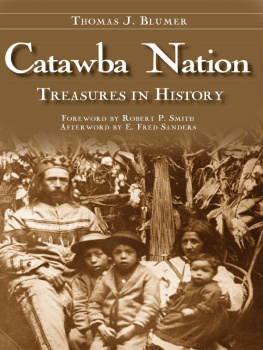
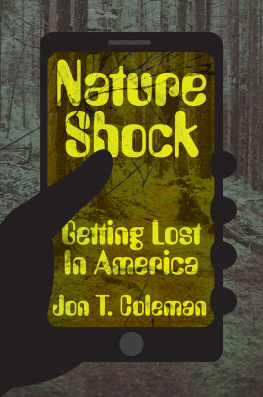
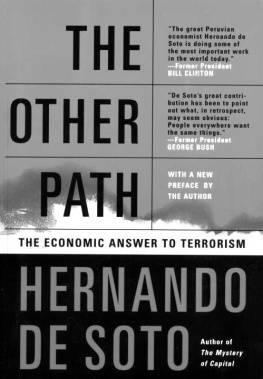

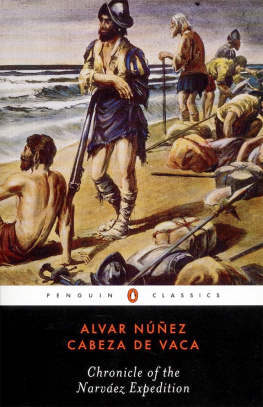
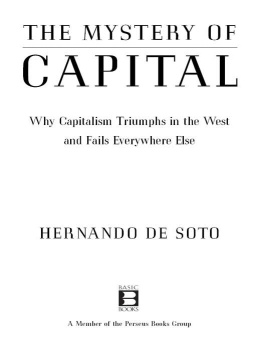

 Contents
Contents Illustrations
Illustrations